COHHIO’s youth homelessness experts offer training and technical assistance related to best practices and effective strategies for housing and serving homeless youth and young adults. Trainings are free of cost to COHHIO members. Contact amandawilson@cohhio.org to request a training or for more information.
Resources
General
Authentic Youth Collaboration – September 22, 2022
Youth Homelessness and Housing Provider Training Series – September 2021 – February 2022
Trauma-Informed Care
The resources below were developed for RHY grantees, but are applicable to all youth providers:
Building Trauma Informed RHY Programs
Trauma-Informed Care Module 1
Trauma-Informed Care Module 2
Legal
Legal Resources for Families and Youth 2020
Ohio Legal Services Organizations 2020
Education
McKinney Vento
The McKinney-Vento Act is a federal law that ensures the right of students to go to school even when they are homeless or don’t have a permanent address. The Act aims to reduce barriers that have prevented many homeless youth from enrolling, attending, and succeeding in school, including: transportation; residency requirements; and documentation requirements, such as birth certificates and medical records. Review the full text here.
Rights of Eligible Children and Youth
- Right to immediate school enrollment even when records not present
- Right to remain in the school of origin, if in the student’s best interest
- Right to receive transportation to and from the school of origin
- Right to receive support for academic success
View the McKinney-Vento Definition of Homelessness
Funding for States and School Districts:
The U.S. Department of Education (ED) allocates McKinney-Vento funding annually to states based on the state’s proportion of the Title I, Part A federal allocation.
States must subgrant funds competitively to school districts within the state to be used for program implementation at the district level.
- States must distribute no less that 75% of its annual McKinney-Vento allocation to local school districts in subgrants; a few minimally-funded states may reserve up to 50% of their allocation.
- Subgrants are awarded
Ohio McKinney-Vento Sub-Grantees List
McKinney-Vento Subgrant Authorized Activities
What is a McKinney-Vento Liaison?
Ohio McKinney-Vento Liaisons list
Ohio Department of Education Mckinney-Vento Homelessness Resources
Practical Application of the McKinney-Vento Act
Ohio Department of Education: Preventing Abuse and Neglect
Ohio Department of Education: Students in Foster Care
Ohio Department of Education: Reset and Restart Education Planning for Ohio Schools and Districts (COVID)
The College Cost Reduction and Access Act
The College Cost Reduction and Access Act (CCRAA), signed into law in 2007, includes specific provisions designed to remove barriers to accessing federal financial aid for college for unaccompanied homeless youth. The Act enables these youth to be qualified as “independent students” for the purposes of filling out the FAFSA, thereby removing the need for these youth to provide parental financial information and a parent signature. Youth must be determined as unaccompanied and homeless, or as unaccompanied, at risk of homelessness, and self-supporting during the school year in which they apply for aid. Because many unaccompanied homeless youth have no contact with their parents or access to their financial information or support, the “independent student” designation is critical to enable them to complete the FAFSA. Determination of independent student status must be made by one of the following:
- A school district local homeless education liaison;
- A U.S. Department of Housing and Urban Development emergency shelter program director or its designee;
- A Runaway and Homeless Youth Act program director or its designee; or
- A college financial aid administrator
As the implementation of the CCRAA moves forward, administrators of higher education institutions and university systems have realized the need for training and additional guidance for financial aid administrators. A thorough knowledge of the Act and its provisions for unaccompanied homeless youth by financial aid administrators is critical. If a youth becomes homeless and unaccompanied after graduating high school and has not stayed in a HUD- or RHYA-funded shelter, he or she will need to depend on a financial aid administrator to make the independent student determination. A lack of guidance on and standard procedure for determining eligibility has resulted in many financial aid offices denying a youth’s eligibility or requiring inappropriate information to be provided to prove independent status.
Higher Education
Beyond Financial: Best Practices to Support Homeless Students That Access Higher Education
Addressing Housing Insecurity and Living Costs in Higher Education A guidebook for colleges and universities
Ohio University Housing Help
Tips for Helping Homeless Youth Succeed In College
Single Point of Contact for Homeless Youth in Post-Secondary Education
FAFSA Tips for Unaccompanied Youth Without Stable Housing
Examples of State Laws Supporting College Students Experiencing Homelessness
Ohio Higher Ed Institutions Receive $6.6M from USDOE for Student Support Services Program (July 20)
Ohio Reach


